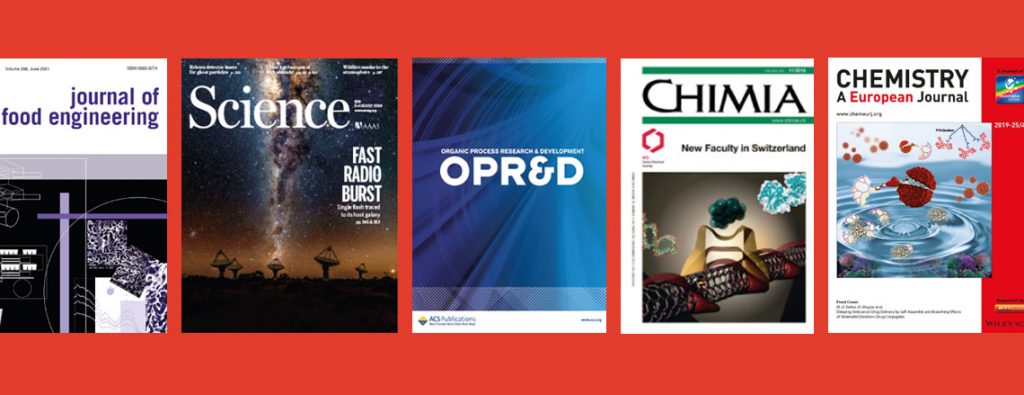Publication – Continuous flow chemistry microfluidic electrochemical synthesis: Investigating a new tool for oxidative chemistry
J Flow Chem2013 , Vol 3, 2, pp 34-40
Gregory P. Roth1, Romain Stalder1, Toby R. Long1, Daryl R. Sauer2 and Stevan W. Djuric2
1 Sanford-Burnham Medical Research Institute at Lake Nona, 6400 Sanger Road, Orlando, FL 32827, USA 2 Medicinal Chemistry Technologies and Global External Research, AbbVie Laboratories, 1 North Waukegan Road, North Chicago, IL 60064, USA
This paper describes the evaluation and use of the FLUX microfluidic electrochemical cell. The versatility of the FLUX module was demonstrated by four- and six-electron electro-oxidations being carried out successfully on a range of benzylic substrates which were both electron rich and electron deficient enabling access to industrially useful products with a high-degree of selectivity, good yields and minimal over-oxidation through flow synthesis
Abstract: A continuous-flow microfluidic electrochemical device (Asia Flux Module) has been designed and evaluated as a practical new laboratory tool to facilitate electrochemical synthetic transformations. Four- and six-electron benzylic oxidations are reported to illustrate the utility afforded by a unique route of synthesis using this technology. Through the utilization of an electron-rich substrate (p-methoxytoluene), a continuous-flow electrochemical oxidation process was optimized. Using a general continuous-flow protocol, a series of diverse tolyl-based substrates were evaluated and the resulting data are reported. The Flux Module results were correlated with the oxidation potential of each substrate as measured by cyclic voltammetry. This established a trend regarding the nature of available oxidation product profiles using this synthesis platform.
This paper uses the Asia Flux module on an Asia system.

